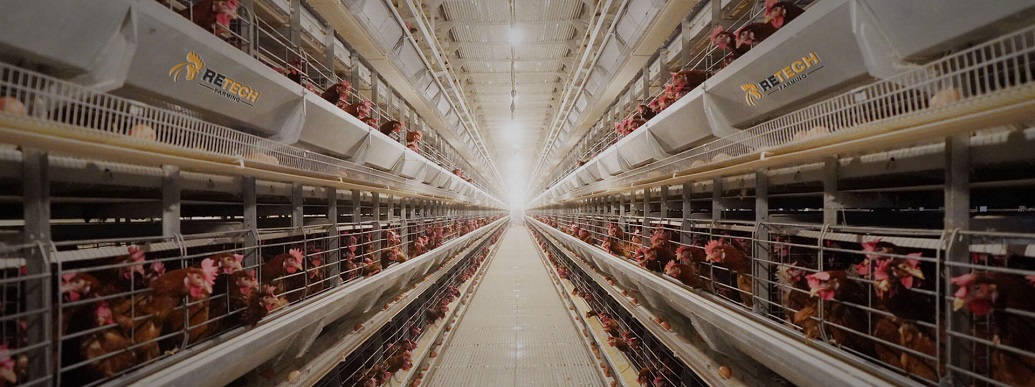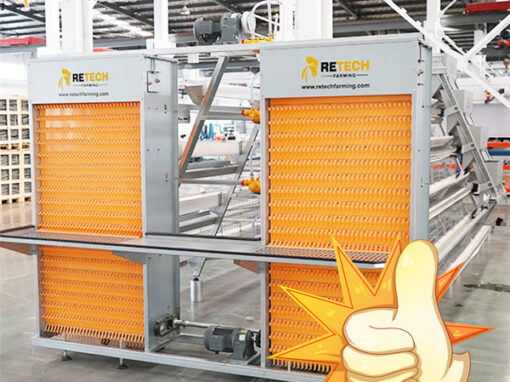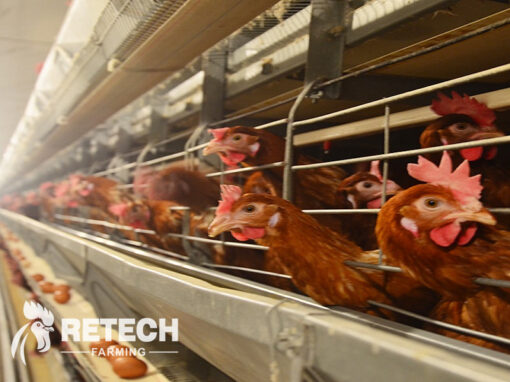We all eat chicken during the holidays, and chicken is also the meat we consume more, so how to distinguish free-range local chickens from pen-raised broilers?
1.Free-range local chickens and captive broilers
- Free-range chickens: Free-range chickens are chickens that grow up in the mountains by free-range methods. Similar to wild chickens, they grow up by eating rice, corn and other grains and small bugs in the mountains.
- Cage chickens: Captive broilers are chickens that are fed and grown in chicken sheds or cages using modern equipment. In order to achieve high efficiency and low cost, the chicken feed is artificially fed every day, and the feed is added regularly, so that the chicken grows very fast.
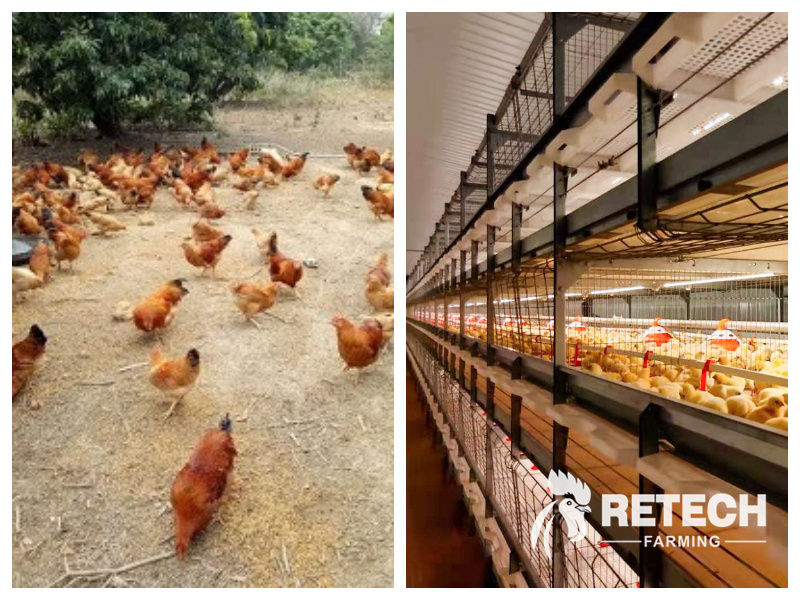
2.The difference between free-range local chickens and cage chickens
- Look at the feathers
Free-range chickens: The feathers of free-range chickens are smooth and shiny, and the feathers grow densely and compactly. If you pull out the feathers of the chickens sold as adults, you can find that the feather shafts are relatively clean and will not stick to the hair follicle fluid. And without blood.
Cage chickens: Captive broiler chickens have dull and dull coats, loose feathers, and some even look very sparse. Sometimes they are sold before reaching adulthood. At this time, the feathers are still in the growth stage. If you pull them out, you will find a lot of hair follicle fluid on the feather shafts, and some blood stains.
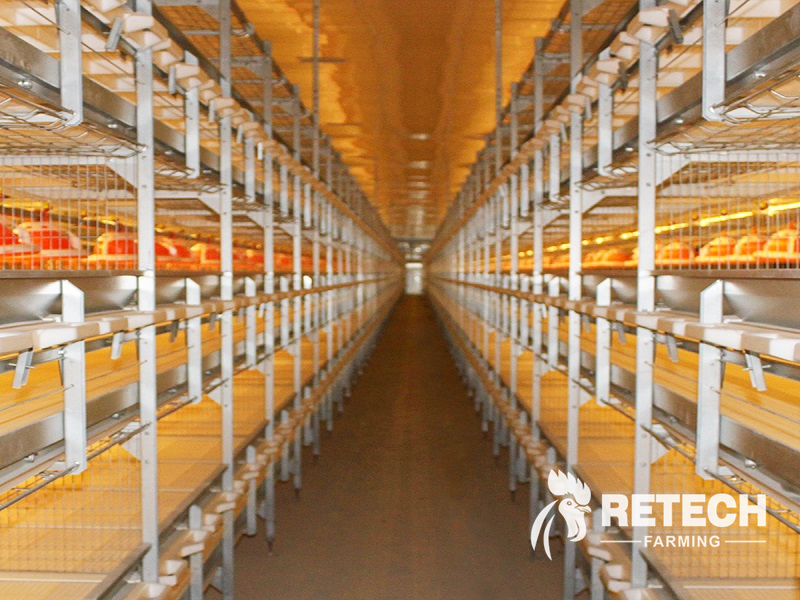
- Look at chicken feet and combs
Free-range chickens: For free-range chickens, because they plan food and run on the ground for a long time, their chicken feet are smoother and their fingers are longer. All claws can touch the ground. Moreover, the combs of free-range chickens after adulthood are very bright red, especially when they are about to lay eggs, they are so red that they are about to bleed.
Cage chickens: The chicken claws of captive broilers do not need to be planed, resulting in very sharp claws, thick and short fingers, and protrusions behind the claws, and their combs are mostly light red, which looks small and nothing color.
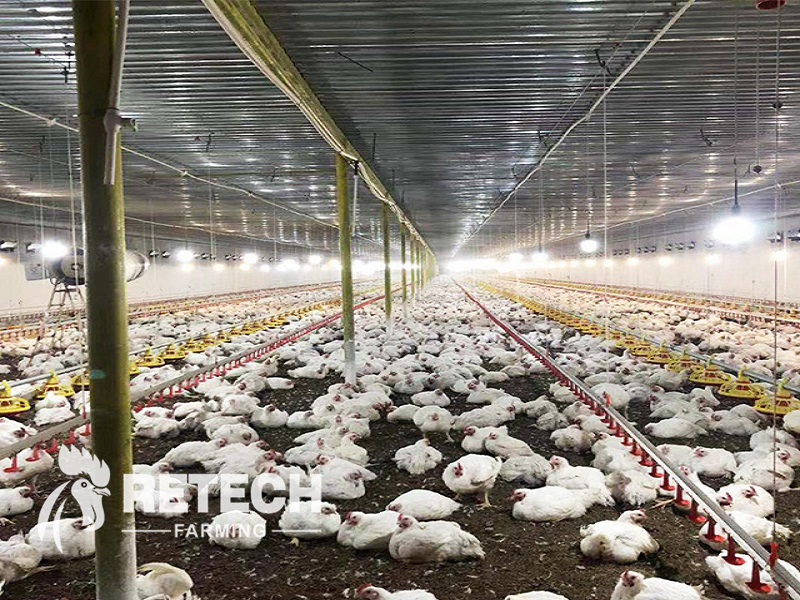
floor raising system
- Look at the body shape
Free-range chickens: Most of the adult free-range chickens are relatively small in size, light in weight, narrow and compact, and have less subcutaneous fat. The reason for long-term and large-scale activities makes their chest and leg tendons stronger.
Cage chickens: Cage raised broiler is an artificially selected breed, and its biggest feature is its large head and body, and high weight.
